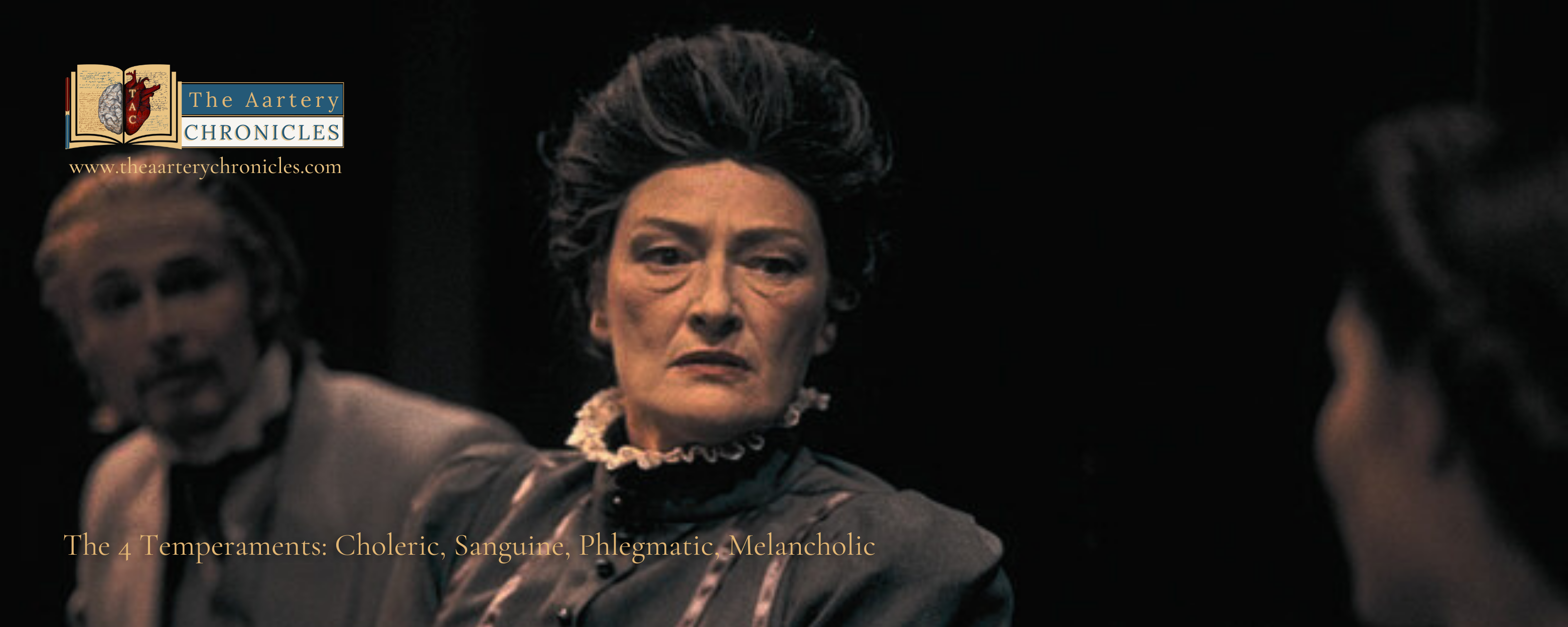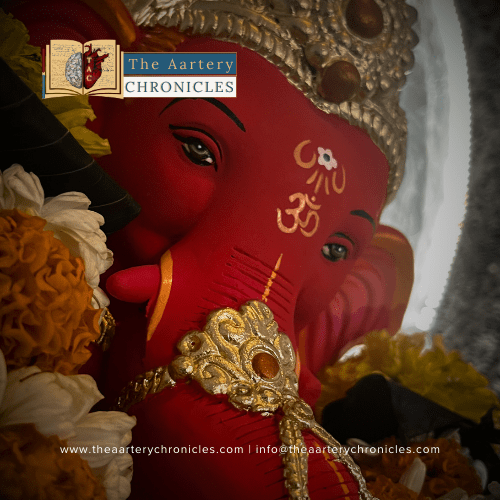

The 4 Temperaments: A Psychological Insight through "Thérèse Raquin"
The concept of the four temperaments has been present in psychology and literature for centuries. Its roots can be traced back to ancient Greece. These temperaments, namely choleric, sanguine, phlegmatic, and melancholic, were introduced by the Greek physician Hippocrates. He believed that the balance of bodily fluids, or “humors,” influenced one’s personality. The four temperaments have continued to exist and found their way into various literary works. They provide a fascinating perspective through which characters and their behaviours can be analyzed. Emile Zola’s novel “Thérèse Raquin” is an excellent example of how the four temperaments are vividly depicted through characters, offering valuable insights into human nature and psychology.
The Four Temperaments

The choleric temperament is characterized by a dominant, assertive, and often aggressive nature. Individuals with a choleric disposition tend to be quick-tempered, ambitious, and prone to leadership roles. In "Thérèse Raquin," Laurent, one of the main characters, embodies the choleric temperament. His fiery and impulsive nature drives the plot of the story as he becomes deeply entangled in an illicit affair with Thérèse, ultimately leading to a series of tragic events. His choleric temperament is evident through his determination to be with Thérèse and his willingness to take drastic actions to achieve his desires.
The sanguine temperament is characterized by optimism, sociability, and an energetic disposition. Camille, another key character in "Thérèse Raquin," is a prime example of the sanguine temperament. His cheerful and outgoing nature makes him an ideal match for Thérèse, his cousin and wife, at the beginning of the story. However, his sanguine temperament also leads to his downfall, as he remains blissfully ignorant of the affair between Thérèse and Laurent, which eventually leads to his tragic demise.

Phlegmatic individuals are known for their calm, stable, and easygoing personalities. Madame Raquin, Thérèse's aunt, exhibits a phlegmatic temperament. She maintains a sense of emotional equilibrium despite the turmoil surrounding her, particularly after the death of her son Camille. Madame Raquin's phlegmatic temperament allows her to adapt to the changing circumstances in her life and ultimately plays a pivotal role in the novel's unfolding tragedy.
The melancholic temperament is characterized by introspection, sensitivity, and a tendency towards sadness. Thérèse Raquin, the novel's protagonist, exemplifies the melancholic temperament. Her sombre disposition and deep-rooted unhappiness define her character. Trapped in a loveless marriage, she finds solace in the passionate affair with Laurent, which eventually leads to devastating consequences. Thérèse's melancholic temperament drives her actions and choices throughout the novel.
Conclusion
The four temperaments, derived from ancient Greek philosophy and embraced by psychologists and literary figures alike, offer a valuable framework for understanding the intricacies of human nature. In Emile Zola’s “Thérèse Raquin,” the characters’ personalities are richly developed, with each aligning with one of the four temperaments.
Laurent’s choleric nature, Camille’s sanguine optimism, Madame Raquin’s phlegmatic calmness, and Thérèse’s melancholic disposition all contribute to the unfolding tragedy. This novel is a vivid illustration of how the four temperaments can be utilized to provide insight into characters’ motivations and behaviours, underscoring the enduring relevance of this psychological framework in literature and beyond.
- Dr. Darshit Patel
- Cryptic Aphorism,Mental Health | Psychology
- 5 November 2023
- 11:00








